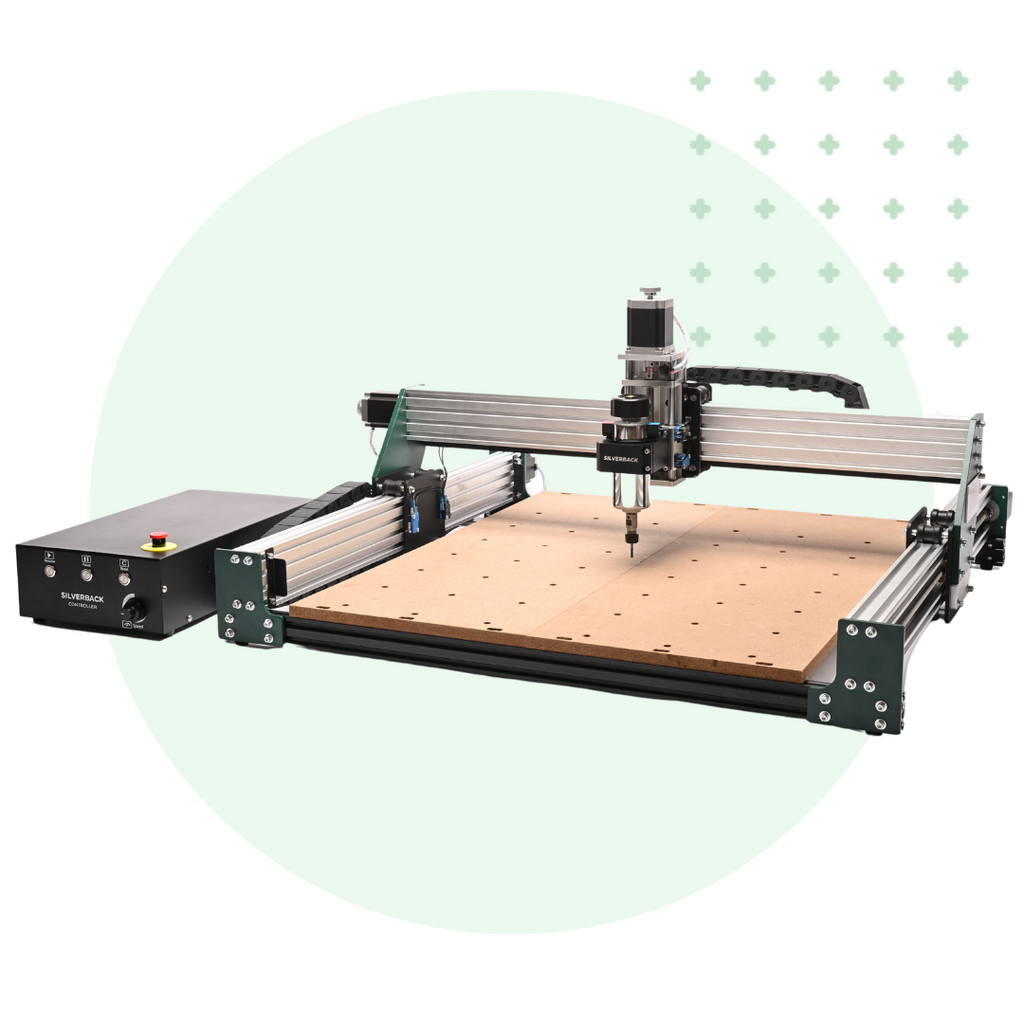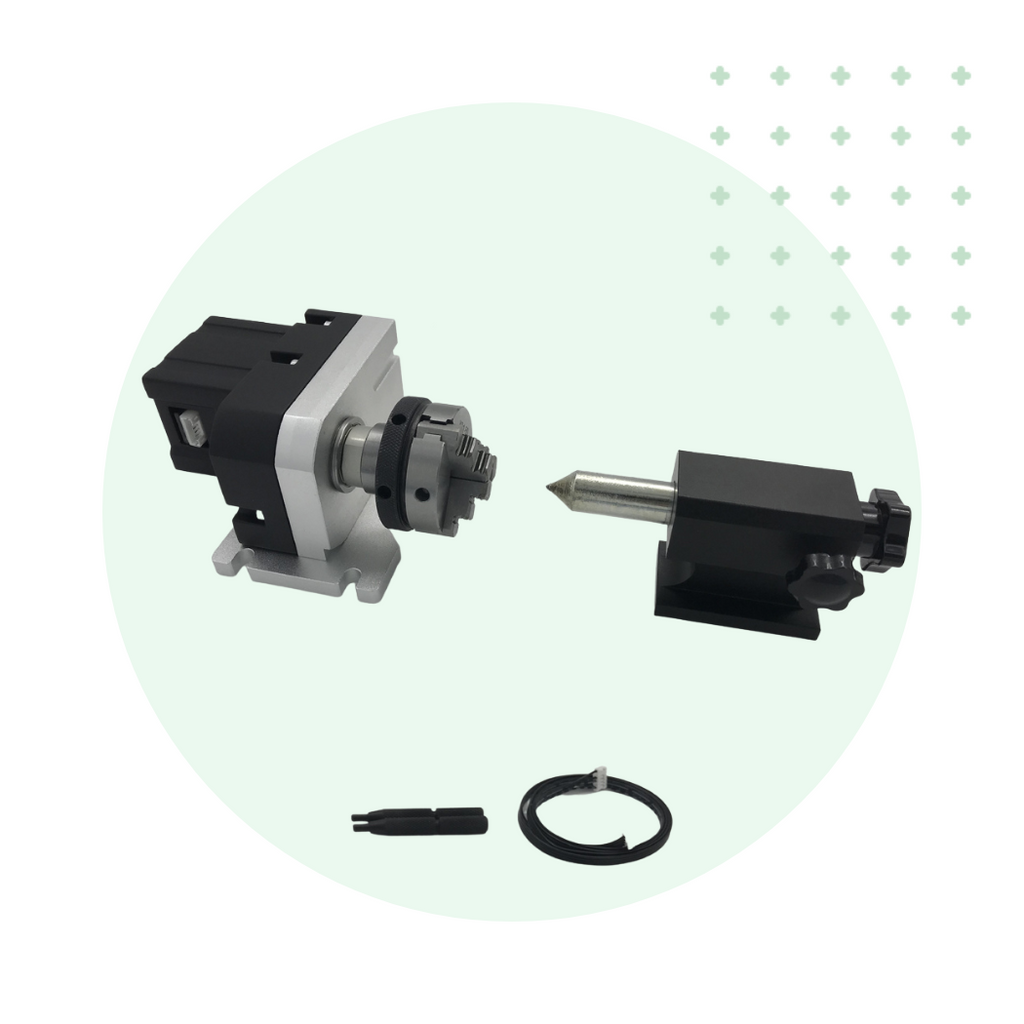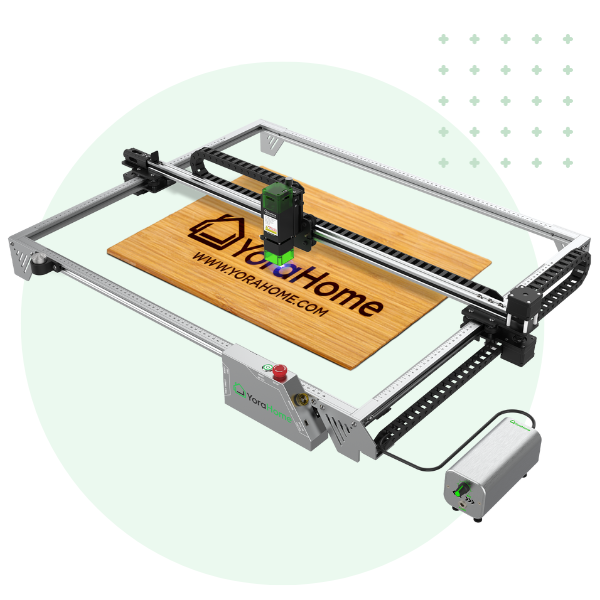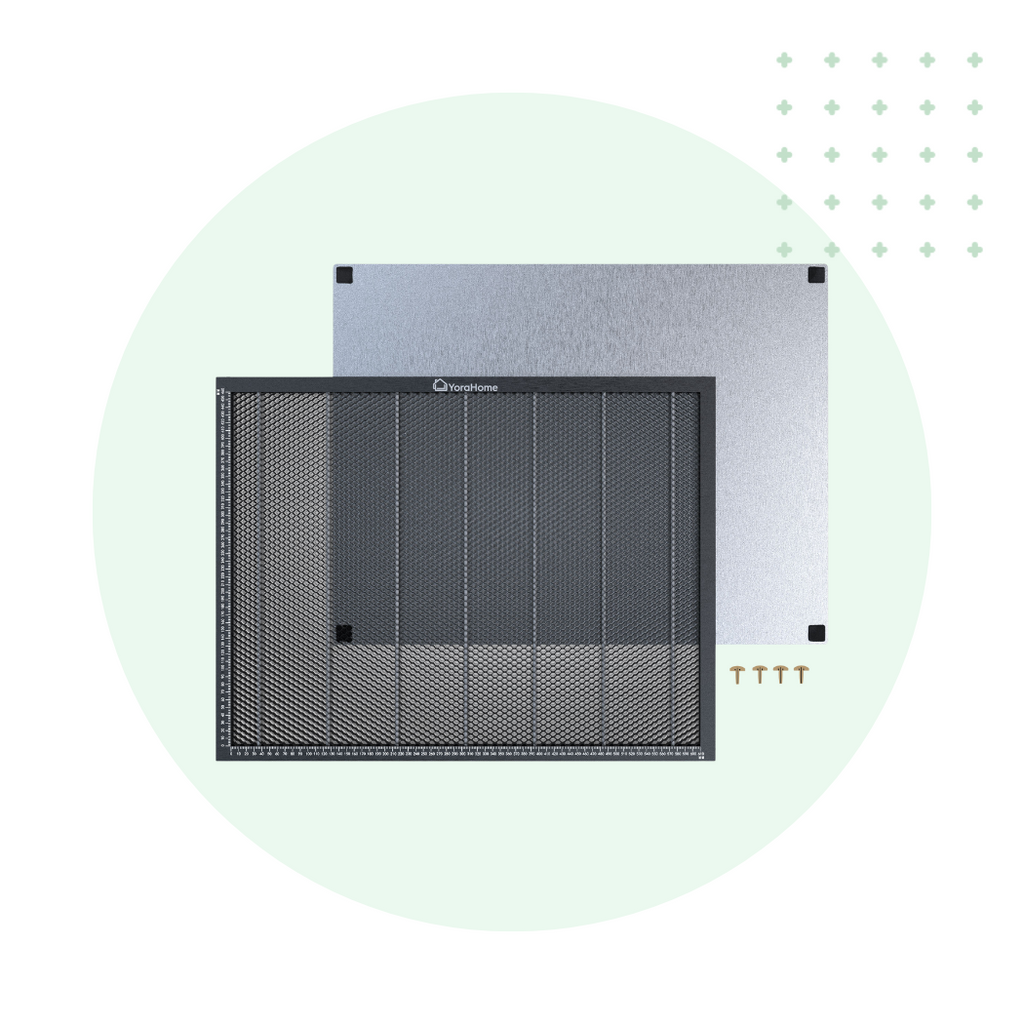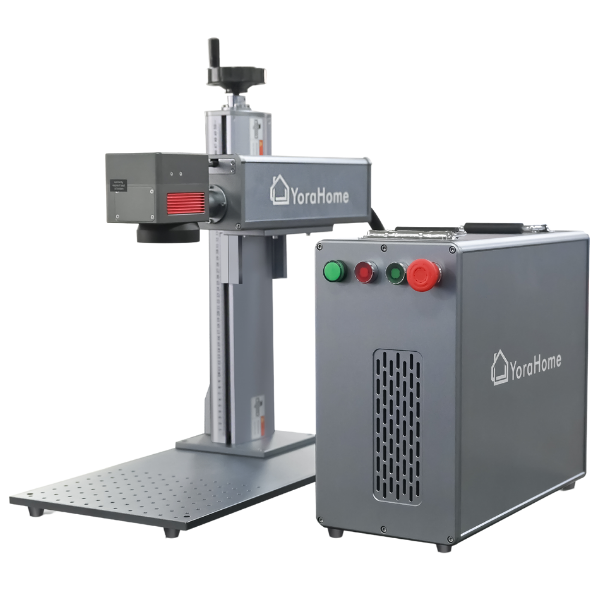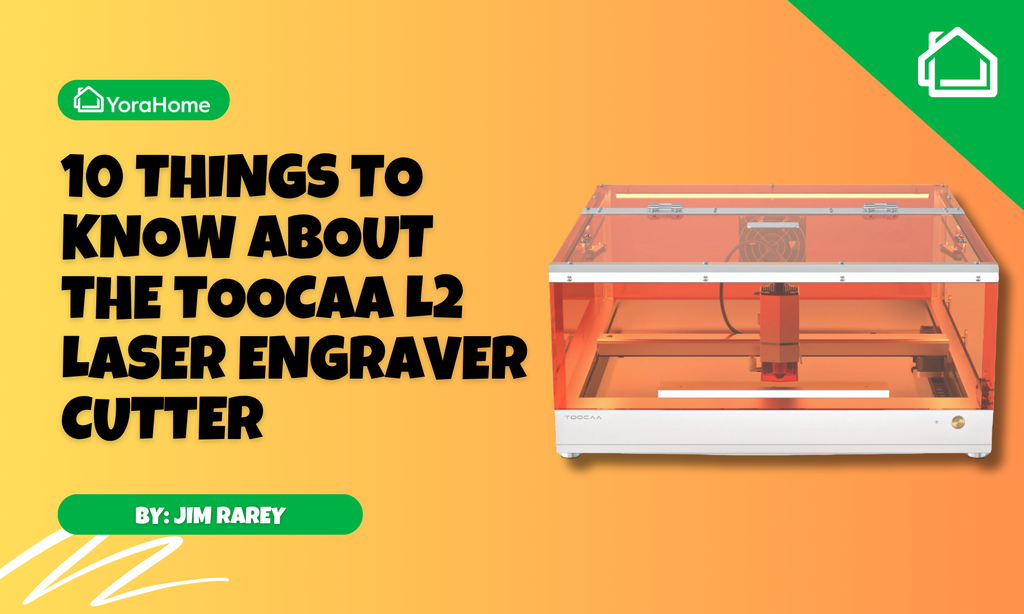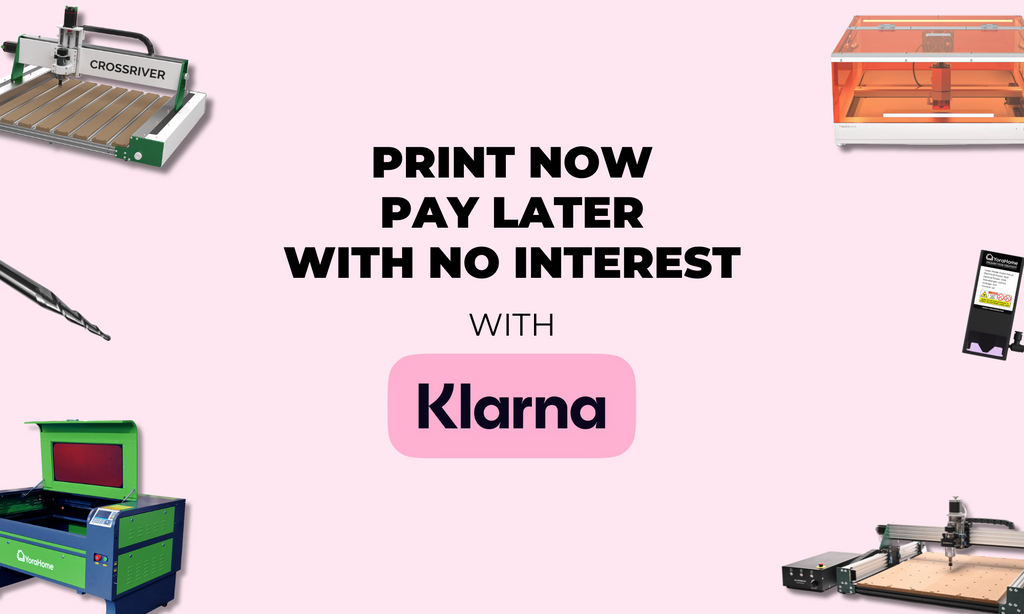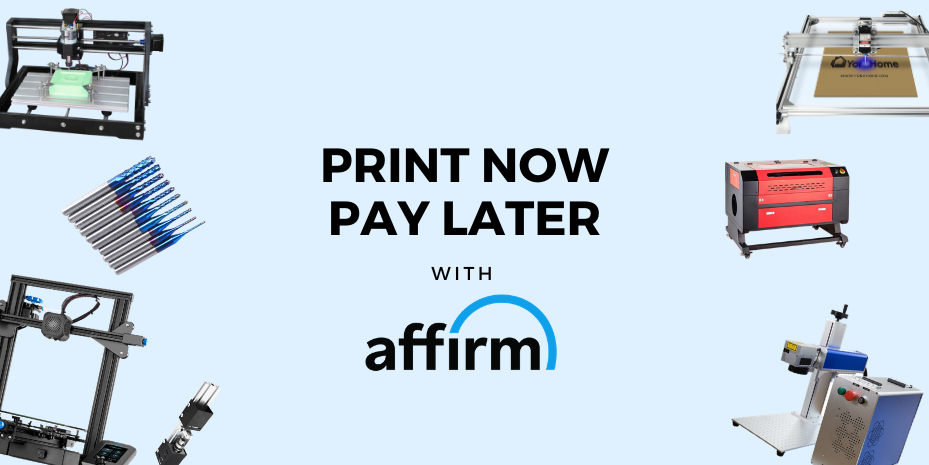What To Choose Between A Diode, A CO2 And A Fiber Laser Engraver?
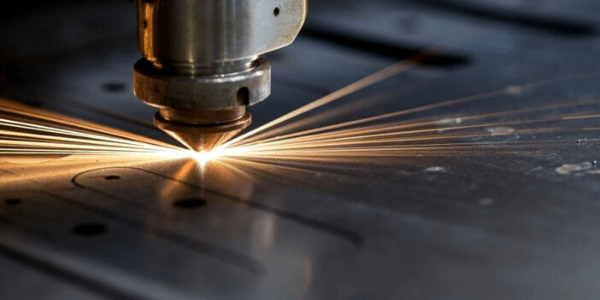
Diodes, CO2, Fibers – all these lasers are available with YoraHome, but how do you know what laser will work best for your needs?
Which one will burn on the material I have? Do I need anything special to run these machines?
Hopefully, this article will help you decide or learn more about our laser engravers.
1. Laser Types
The different laser types use different components and generate a light beam at different wavelengths – these wavelengths are suited to different types of materials that they can engrave upon.

2. Diode Lasers
Diode lasers are rapidly becoming the most common consumer-level units on the market, for a number of reasons:
- They are small and lightweight
- Can be mounted on a number of different machines (our diode lasers can be used on either our CNC routers or diode laser engraver cutters)
- Have a fairly long lifespan (estimated at 8,000 hours)
- Power can be adjusted by the controller while operating to achieve grayscale effect.
That said, diode lasers do have limitations – primarily the maximum power output. Most diode lasers have a maximum continuous output of approximately 8 watts (our 15W or 40W diode lasers can reach max output in small pulses; it will not run constantly at max power).
Diode lasers are also very limited in the materials they can engrave/cut. As a general rule, if a material is clear/translucent or if it is very reflective – there’s a good chance the diode laser may not be able to engrave it. Bare metals and glass generally are too reflective for the diode laser; although some users have had luck using a masking material to get decent results – but that masking material can be expensive. Coated materials generally have better results, including anodized metals – but every material is a little different.
Diode lasers also typically require a longer time for projects, simply due to the power available – more involved projects can easily take a few hours to burn, even in soft woods.
We typically recommend the diode laser units for the majority of our customers – they work great for woodburning designs; and even photographs can be burned into wood using the diode lasers.

The use of a Pulse Wave Modulated (PWM) signal allows the controller to adjust power to get the contrast needed to properly burn photos. The other advantage to diode lasers is the frame size capabilities – since the 6550 is an open frame machine, the work space available is very large – almost 2 feet square!
Since the diode laser uses a visible light beam and is directed straight to the work surface, machine shielding is not required – proper safety glasses are needed to protect the user.
If you want to burn designs in wood, etch some acrylics, or cut designs from thin fabrics; the diode laser would work best for your needs.
3. CO2 Lasers
CO2 lasers have one major advantage – power output. Our products are currently shipping with either a 80W or 100W laser tube – this is enough power to cut through thin woods and acrylics.

The CO2 lasers are still somewhat limited on metal engraving, and will still require masking materials in the event the metal is too reflective. The biggest problem with a CO2 laser is simply its size – since the laser tube is fragile, and the laser beam is invisible to the naked eye; the machine must be fully enclosed for safety.
There are also other considerations that must be taken into account with a CO2 laser machine:
- Mirrors: since the CO2 laser tube is stationary (typically mounted at the rear of the machine), it uses a series of mirrors to direct the laser beam to the work piece. These mirrors must be properly aimed for the unit to operate – this process puts the user at risk, as the machine must be open during the process.
- Cooling: the CO2 laser tube requires a water cooling system to keep the tube from overheating. This adds to the complexity of the machine
- Workspace: since the CO2 laser has to be shielded during operation, that limits the size of the workspace available.
CO2 lasers are still very versatile for some users – since they are higher power, they can operate faster and produce results quickly. If you are wanting to do small scale production runs, this may be the machine for you.
Since the CO2 laser is not adjustable by the controller, it is not recommended for projects where a grayscale effect is desired. The laser power is typically controlled using a local panel adjustment by the user while in operation.
If you are wanting to cut designs out of wood or acrylics, or are in need of a fast machine for production; a CO2 laser would be your best option.
4. Fiber Lasers
Fiber lasers are a newer product at the consumer level – but they have considerably more capability due to their very small focal diameter that increases the laser intensity to almost 100 times more than a CO2 laser, using the same power.
Because of this intensity, fiber lasers are ideal for engraving metals, coated metals and plastics. Fiber lasers also tend to have a longer lifespan 25,000 hours or more.
The major disadvantage to fiber lasers at this time is the cost – since fiber lasers are generally geared towards industrial use, prices are usually too high for the average user.
If you still have questions about our laser engravers, or want more information about any of our products, please contact us – we are more than happy to help you with all your engraving needs!
Get The Freshest Content
Straight To Your Inbox
Join over 3,000 creators who receive premium content, exclusive discounts, and all the must-know info on a weekly basis.
